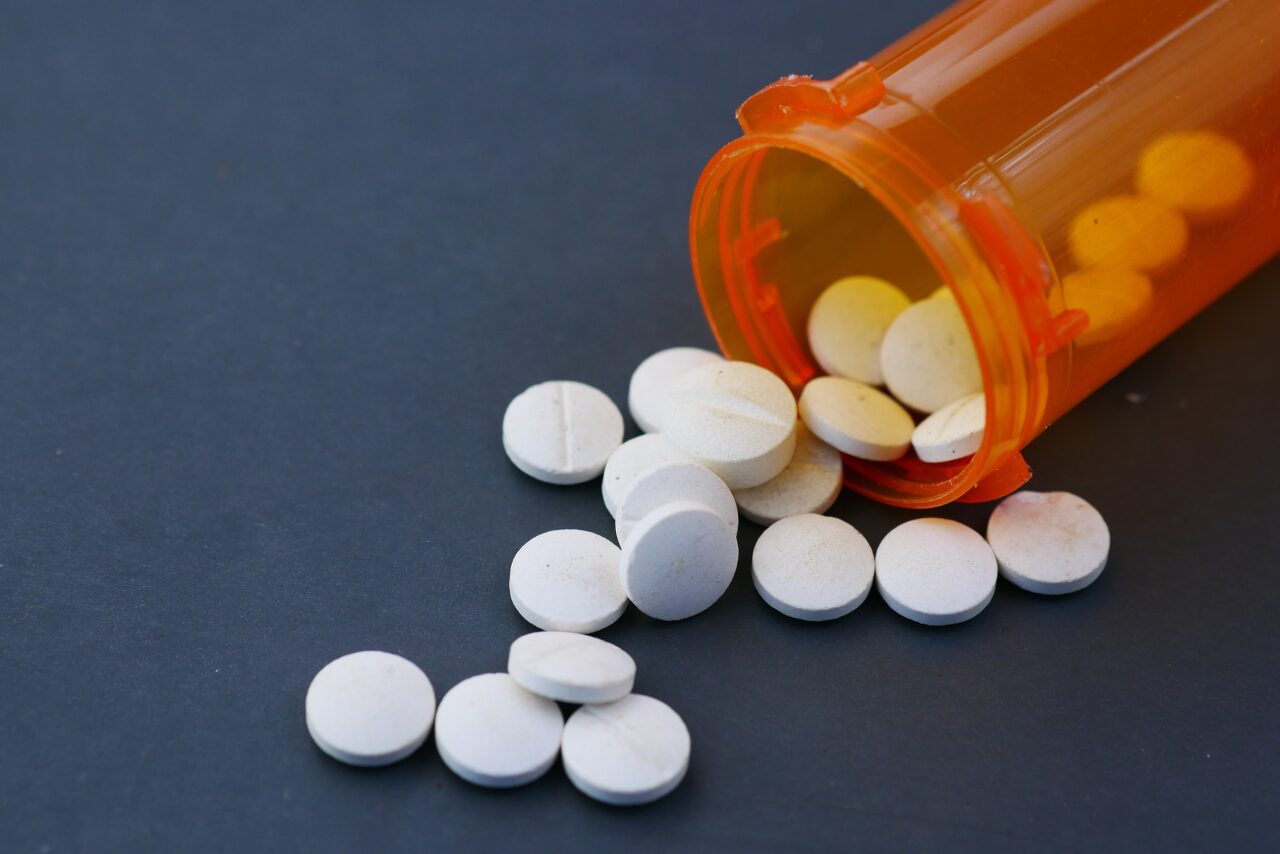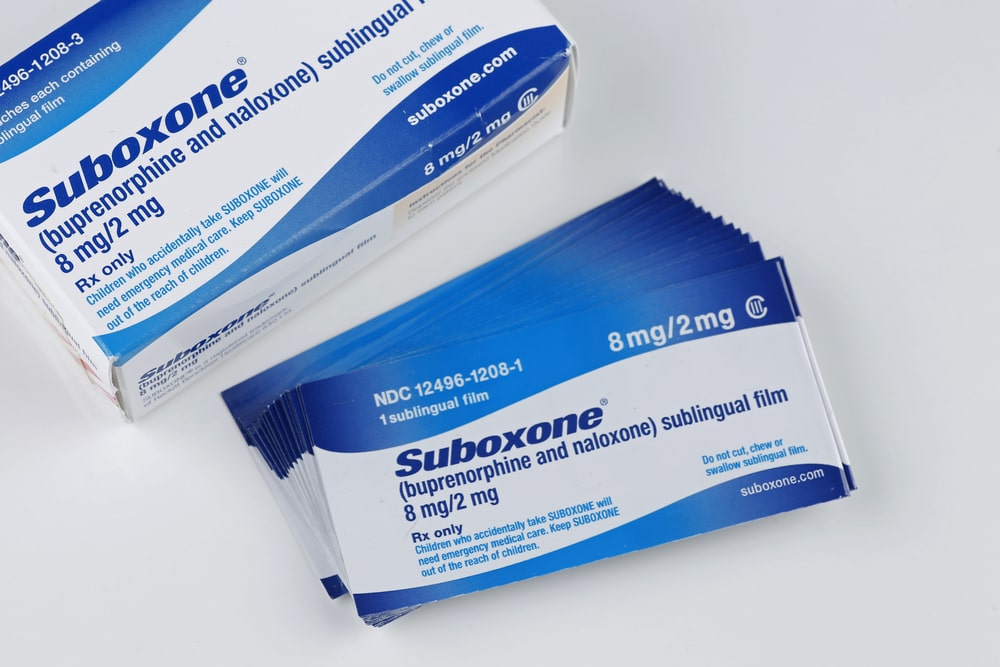
Methadone vs Suboxone
When it comes to opioid addiction treatment, Methadone vs Suboxone is a common comparison. Both medications are effective tools for managing withdrawal symptoms, reducing cravings, and supporting long-term recovery. However, they are not identical. Understanding the difference between Methadone and Suboxone is crucial for selecting the best treatment option for your recovery journey.
At Lake Ave Recovery in Massachusetts, we empower individuals with knowledge to make informed decisions about their care. This article breaks down the distinctions between Methadone and Suboxone, including how they work, their benefits, and potential risks.
If you or a loved one is struggling with opiate addiction, take the first step towards healing! Reach out today by heading to our admissions page or calling us now.
What is Methadone?
Methadone is a long-acting opioid agonist that has been used for decades to treat opioid addiction. It binds to the same receptors in the brain as opioids, relieving withdrawal symptoms and reducing cravings without producing the intense high associated with drugs like heroin or painkillers.
Key Benefits of Methadone
- Effective for Severe Addiction: Methadone is ideal for individuals with long-term or severe opioid use disorders.
- Daily Structure: Administered at specialized clinics, Methadone provides accountability and routine.
- Relief from Withdrawal: It effectively prevents the painful symptoms of withdrawal, helping patients stabilize.
Considerations and Risks of Methadone
- Daily Clinic Requirement: Methadone often requires daily visits to a clinic, which can be inconvenient.
- Potential for Misuse: As a full opioid agonist, Methadone carries a higher risk of misuse compared to Suboxone.
- Side Effects: Common side effects include drowsiness, nausea, and constipation.

What Is Suboxone?
Suboxone is a combination medication containing buprenorphine (a partial opioid agonist) and naloxone (an opioid antagonist). This unique formulation helps manage cravings and withdrawal symptoms while reducing the risk of misuse through naloxone, which causes withdrawal effects if injected.
Key Benefits of Suboxone
- Convenience: Often prescribed for at-home use, eliminating the need for daily clinic visits.
- Lower Risk of Misuse: The inclusion of naloxone discourages misuse, making it less desirable for individuals seeking a high.
- Mild Effects: As a partial agonist, Suboxone has a ceiling effect, reducing the risk of dependency.
Considerations and Risks of Suboxone
- Less Effective for Severe Addiction: Suboxone may not fully address withdrawal symptoms for those with a high opioid tolerance.
- Side Effects: Possible side effects include headaches, insomnia, and digestive discomfort.
- Initiation Challenges: Patients must be in partial withdrawal before starting Suboxone, which can be a hurdle for some.
Methadone vs Suboxone: Key Differences
While both Methadone and Suboxone are effective treatments for opioid addiction, they work differently and are suited to different needs. Here’s a closer look at how they compare:
How They Work
- Methadone: A full opioid agonist that fully activates the brain’s opioid receptors. This helps manage severe withdrawal symptoms and cravings but comes with a higher risk of misuse and overdose.
- Suboxone: Combines buprenorphine (a partial opioid agonist) and naloxone (an opioid antagonist). This combination reduces cravings and withdrawal symptoms while lowering the risk of misuse. Naloxone prevents improper use by causing withdrawal symptoms if the medication is injected.
Administration
- Methadone: Dispensed only at specialized clinics, often requiring daily visits. This provides structure and accountability, which is helpful for individuals needing close supervision.
- Suboxone: Prescribed for at-home use, offering greater flexibility for those who can manage their treatment responsibly.
Effectiveness
- Methadone: Ideal for individuals with severe or long-term addiction. Its potency makes it highly effective for managing intense withdrawal symptoms.
- Suboxone: Best for individuals with mild to moderate addiction. It provides effective relief while reducing the risk of dependency.
Risk of Misuse
- Methadone: As a full agonist, it carries a higher potential for misuse and dependency.
- Suboxone: Safer due to the inclusion of naloxone, which discourages misuse by causing withdrawal symptoms if abused.
Both Methadone and Suboxone are valuable tools for recovery, but the best choice depends on the severity of addiction, lifestyle, and personal treatment goals. Consulting a healthcare provider is essential to determine the most suitable option for individual needs.
Who Might Benefit from Methadone?
Methadone is often recommended for individuals who:
- Have a history of severe or long-term opioid use.
- Require intensive medical supervision and daily support.
- Need a structured program to maintain accountability.
Methadone’s proven track record and ability to address severe addiction make it a valuable option for those needing intensive care.

Who Might Benefit from Suboxone?
Suboxone may be a better fit for individuals who:
- Are seeking a flexible treatment option that allows for at-home use.
- Have a stable living environment and support system.
- Are transitioning from higher-intensity treatment programs.
Its convenience and lower risk profile make Suboxone a popular choice for individuals ready to take more responsibility for their recovery.
Side Effects of Methadone and Suboxone
Both medications come with potential side effects, though the specific experiences may vary from person to person.
Common Methadone Side Effects
- Drowsiness
- Sweating
- Constipation
- Nausea
Common Suboxone Side Effects
- Headaches
- Insomnia
- Mouth numbness or irritation (for Suboxone films)
- Digestive discomfort
It’s essential to work closely with a healthcare provider to monitor and address any side effects that arise during treatment.
Choosing the Right Medication
Selecting between Methadone vs Suboxone depends on various factors, including:
- Severity of Addiction: Methadone is often preferred for severe cases, while Suboxone works well for mild to moderate addiction.
- Lifestyle Needs: Individuals with demanding schedules may find Suboxone’s at-home convenience more suitable.
- Medical History: Pre-existing conditions and past treatment experiences can influence the decision.
At Lake Ave Recovery, our team provides comprehensive assessments to help individuals determine the best treatment plan for their unique situation.
Choosing the Best Recovery Path
Both Methadone and Suboxone are effective medication assisted program tools for recovery, but they are most successful when combined with professional support and therapy. Attempting to self-manage addiction with these medications can lead to misuse and unintended consequences.
At Lake Ave Recovery, we provide a holistic approach to addiction treatment, offering medical supervision, opioid detox, counseling, and aftercare planning to ensure long-term success.

Take the First Step Toward Recovery in Massachusetts
Deciding between Methadone and Suboxone is an important step in the recovery process. By understanding the differences, benefits, and potential drawbacks of each medication, individuals can make informed decisions that align with their recovery goals. If you or a loved one is struggling with opioid addiction, help is available.
At Lake Ave Recovery, we offer evidence-based treatment programs, including Methadone and Suboxone therapy, tailored to meet individual needs.
Our compassionate team in Massachusetts is here to guide you through every step of your recovery journey. Don’t wait—call us today or visit our admissions page to learn more about our programs and start building a brighter, healthier future.
